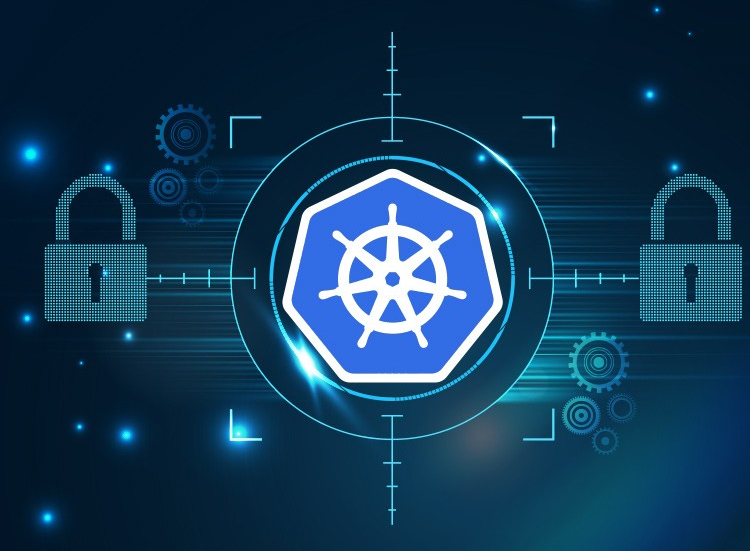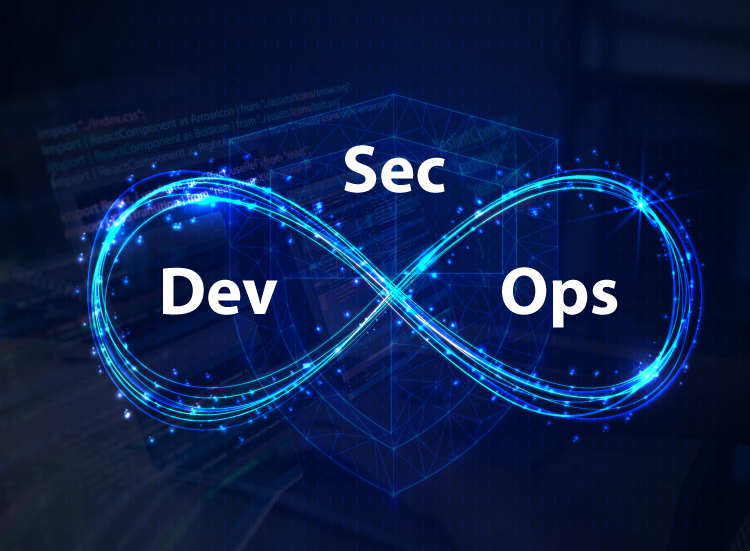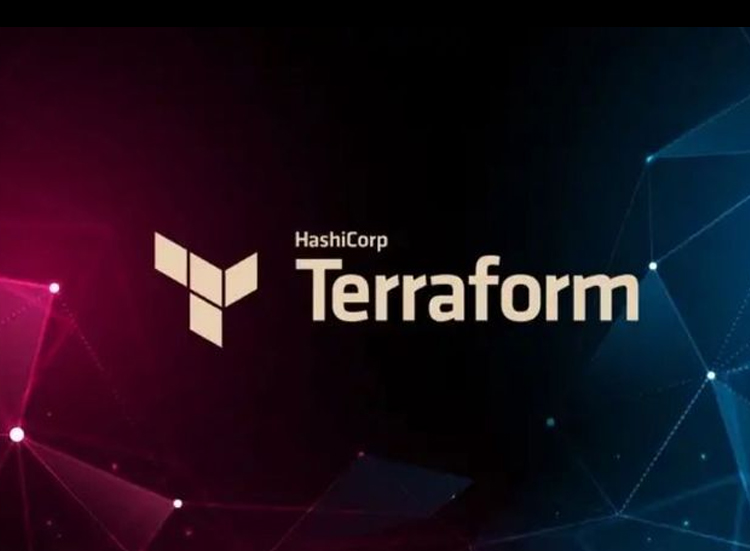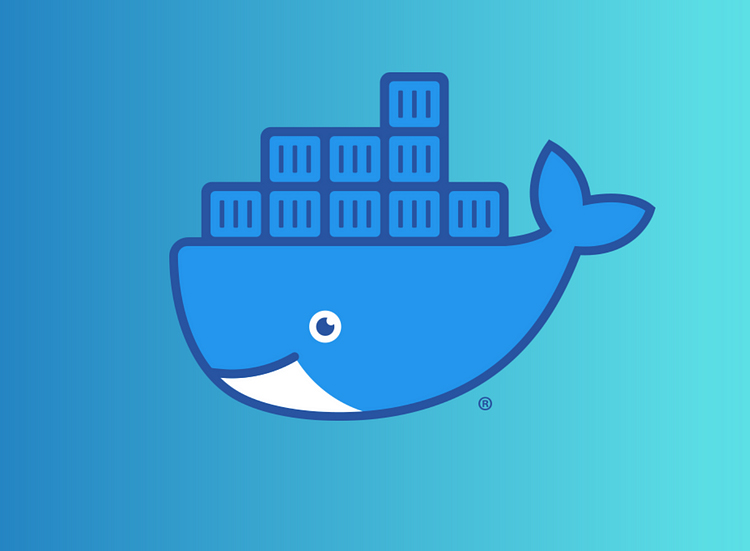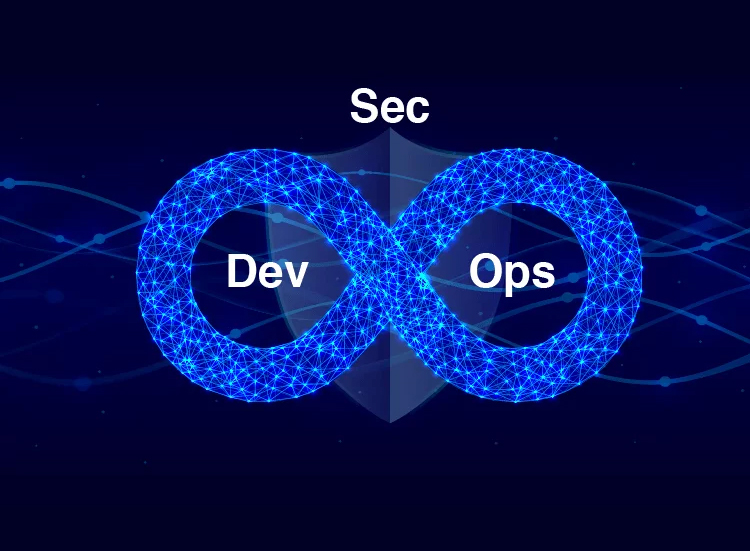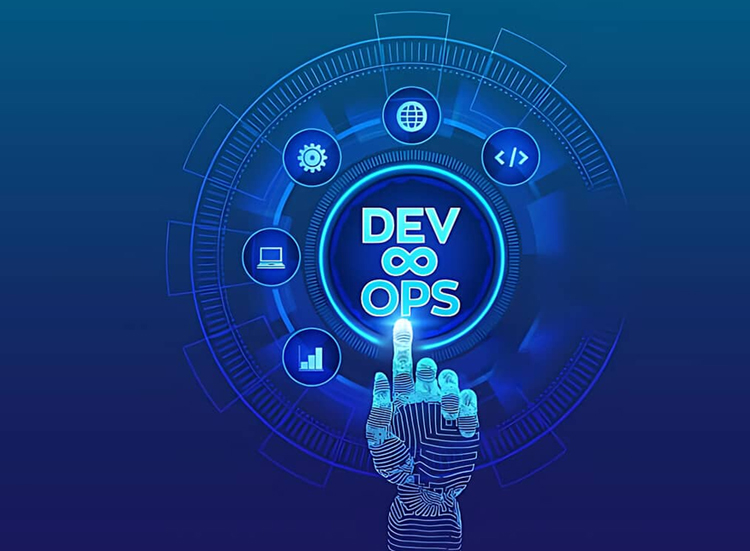Welcome to our weekly roundup of the latest happenings in the world of DevOps and DevSecOps. As organizations increasingly prioritize agile methodologies and security, staying updated on recent developments is quite crucial. Here’s what you may have missed last week.
1. GitHub – New Security Features Launch
GitHub announced a series of enhanced security features aimed at helping developers better in securing their code. The introduction of advanced dependency scanning tools promises to identify vulnerabilities in real-time, allowing teams to address issues proactively. The integration of AI-driven insights also provides recommendations on how to mitigate risks, streamlining the security process within the DevOps pipeline.
With cyber threats becoming increasingly sophisticated, GitHub new features are a strategic move to fortify code security. These tools enable developers to automatically scan for vulnerable dependencies in their projects, providing alerts and detailed information on how to fix them. AI-driven insights further empower developers by offering intelligent recommendations for mitigating risks, thereby reducing the burden of manual code reviews and enhancing overall security posture.
Workflow Example
 Code Commit: Developer commits code to a GitHub repository.
Code Commit: Developer commits code to a GitHub repository. Dependency Scan: Automated dependency scanning identifies vulnerabilities.
Dependency Scan: Automated dependency scanning identifies vulnerabilities. Alert Generation: Real-time alerts are sent to developers.
Alert Generation: Real-time alerts are sent to developers. AI Recommendations: AI-driven insights provide risk mitigation recommendations.
AI Recommendations: AI-driven insights provide risk mitigation recommendations. Issue Resolution: Developers address identified issues based on recommendations.
Issue Resolution: Developers address identified issues based on recommendations. Continuous Monitoring: Ongoing scans ensure new vulnerabilities that are caught early.
Continuous Monitoring: Ongoing scans ensure new vulnerabilities that are caught early.

2. Kubernetes Security Best Practices Report
The Cloud Native Computing Foundation (CNCF) released an updated report on Kubernetes security best practices. This document emphasizes the importance of implementing role-based access control (RBAC) and network policies to minimize risks. The report also highlights common pitfalls and provides practical tips for securing Kubernetes clusters, making it a must-read for DevSecOps teams.
Kubernetes is at the heart of many cloud-native applications, making its security paramount. The CNCF report covers a range of best practices, from configuring secure defaults to using namespaces effectively. It also sheds light on the common mistakes organizations make, such as overly permissive RBAC roles and insufficient monitoring. By following the guidelines in this report, teams can significantly enhance the security of their Kubernetes deployments.
3. DevSecOps Conference Highlights
Last week, the annual DevSecOps conference took place, gathering industry leaders to discuss the evolving landscape of security in the DevOps cycle. Keynote speakers highlighted the need for a shift-left approach in security, advocating for integrating security measures early in the development process. Sessions also covered case studies showcasing successful DevSecOps transformations, providing attendees with actionable insights.
The conference emphasized that security should not be an afterthought but an integral part of the development process. By shifting security left, teams can identify vulnerabilities early, reducing the cost and complexity of fixes. The case studies presented at the conference provided real-world examples of how organizations have successfully transitioned to a DevSecOps model, highlighting the benefits of early security integration and continuous monitoring.
4. Terraform Introduces New Security Module
HashiCorp announced the launch of a new security module for Terraform, aimed at simplifying the management of infrastructure security. This module allows users to define security policies directly within their Terraform configurations, ensuring that security compliance checks are part of the infrastructure as code workflow. This aligns with the growing trend of embedding security directly into development processes.
Terraform’s new security module is a game-changer for infrastructure management. By enabling security policies to be written as code, it ensures that security checks are automated and consistent. This not only reduces the risk of human error but also allows for easier auditing and compliance. Organizations can now integrate security checks seamlessly into their CI/CD pipelines, ensuring that all infrastructure changes are secure by default.
5. Docker – Enhanced Security Features
Docker unveiled a set of new security enhancements for its container platform. These include improved vulnerability scanning capabilities and tighter integration with CI/CD pipelines. The updates are designed to help organizations better manage and monitor their containerized applications, addressing some of the most pressing security concerns in modern software development.
Containers have revolutionized software development, but they also introduce new security challenges. Docker’s enhanced features aim to address these by providing more robust scanning tools that can identify vulnerabilities in container images. Tighter CI/CD integration ensures that these scans are a part of the regular development workflow, allowing teams to catch and fix issues before they make it to production.
6. Emerging Trends in DevSecOps
As organizations embrace a DevSecOps culture, several trends are emerging. There’s a notable shift toward automated security testing tools integrated into CI/CD pipelines, allowing for continuous security assessment. Additionally, an increased focus on employee training and awareness around security best practices is being recognized as critical for minimizing human error, a common vulnerability.
Automation is becoming a cornerstone of DevSecOps, with tools that can continuously scan code and infrastructure for vulnerabilities. This continuous assessment allows for real-time detection and remediation, significantly reducing the attack surface. Furthermore, as cyber threats evolve, human error remains a significant risk. Organizations are increasingly investing in training programs to ensure that their teams are well-versed in security best practices, creating a more security-aware culture.
7. Community Spotlights: Open-source Contributions
The week also saw significant contributions to open-source projects focused on security in DevOps. Projects like OWASP ZAP and Snyk continue to receive updates and community support, enhancing their capabilities and helping developers secure their applications more effectively.
Open-source projects play a critical role in the DevSecOps ecosystem. Tools like OWASP ZAP and Snyk are widely used for their ability to identify and fix security issues in code and dependencies. The continuous updates and community contributions ensure that these tools remain effective against the latest threats. By leveraging these open-source solutions, developers can achieve a higher standard of security in their projects without incurring substantial costs.
Staying up-to-date with the latest in DevOps and DevSecOps is crucial for maintaining a robust security posture. These developments from the past week highlight the ongoing efforts to integrate security into every aspect of the development lifecycle, ensuring that applications are both agile and secure.



